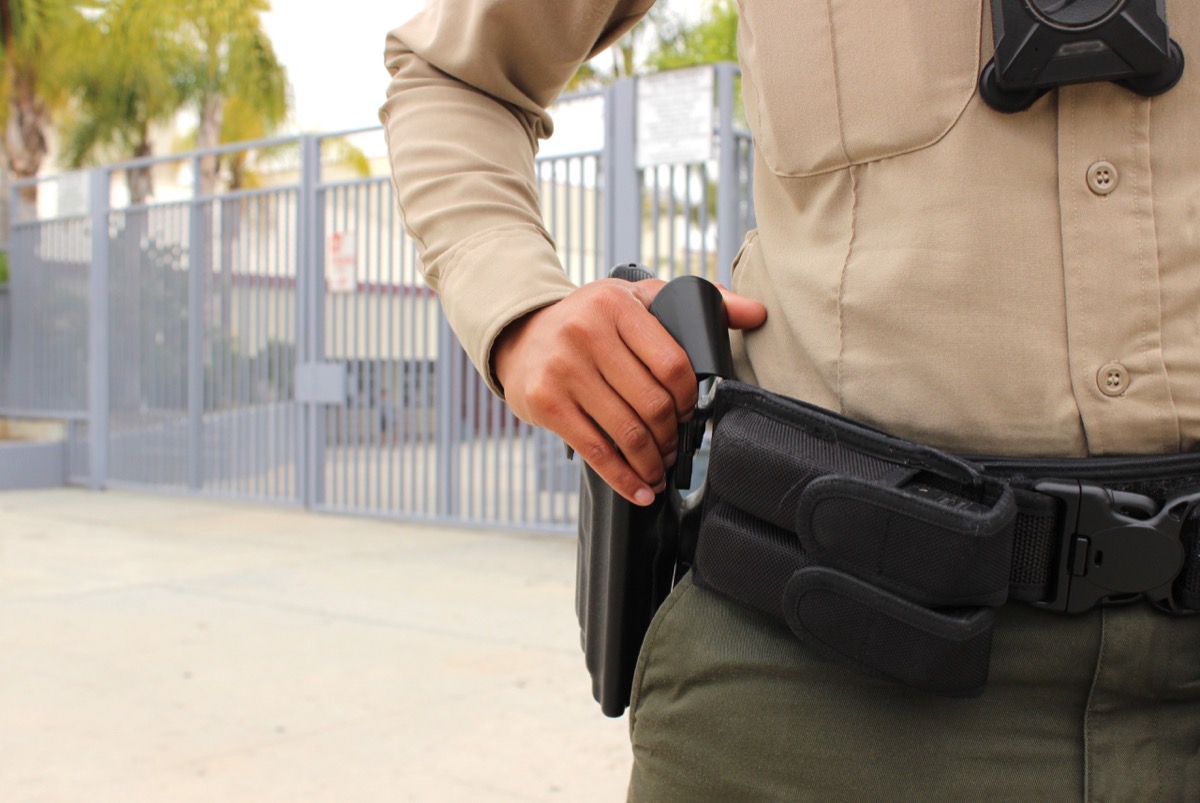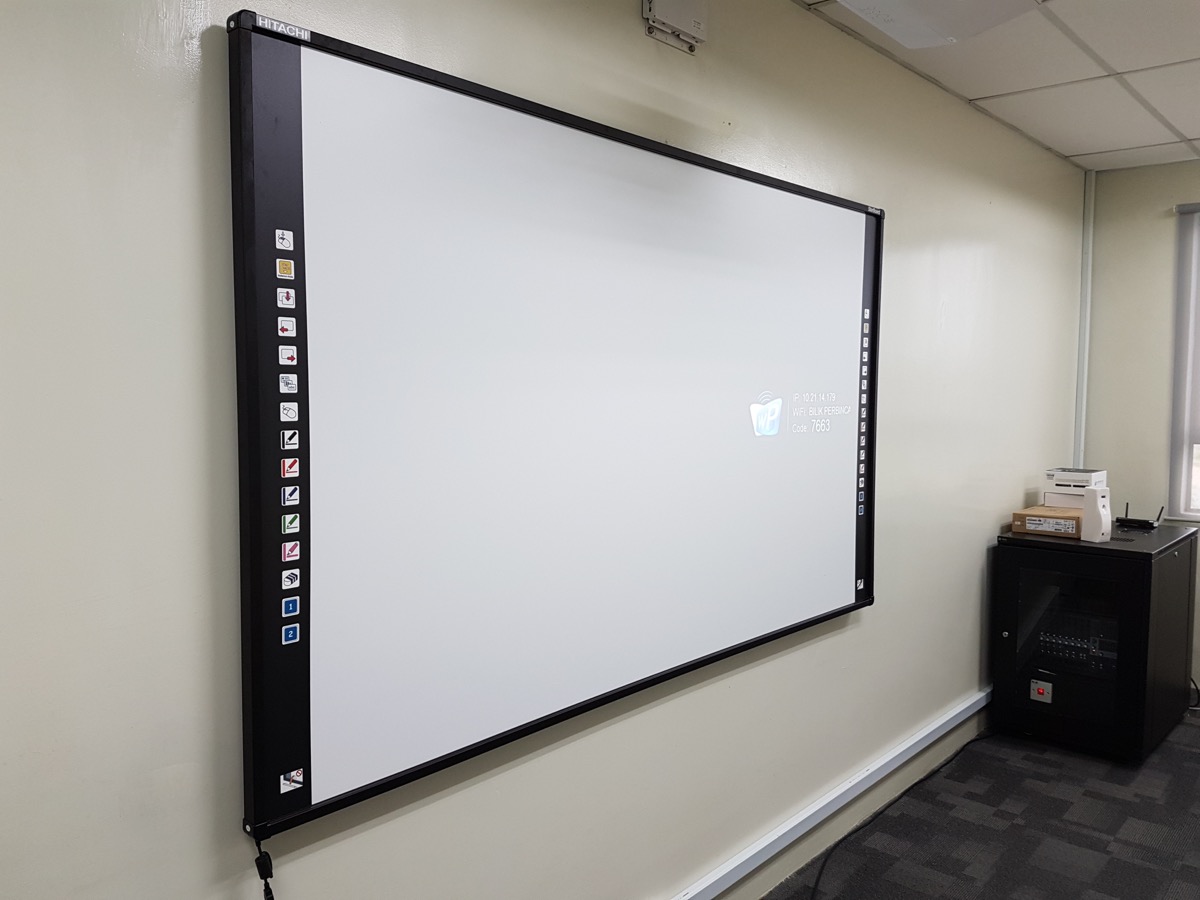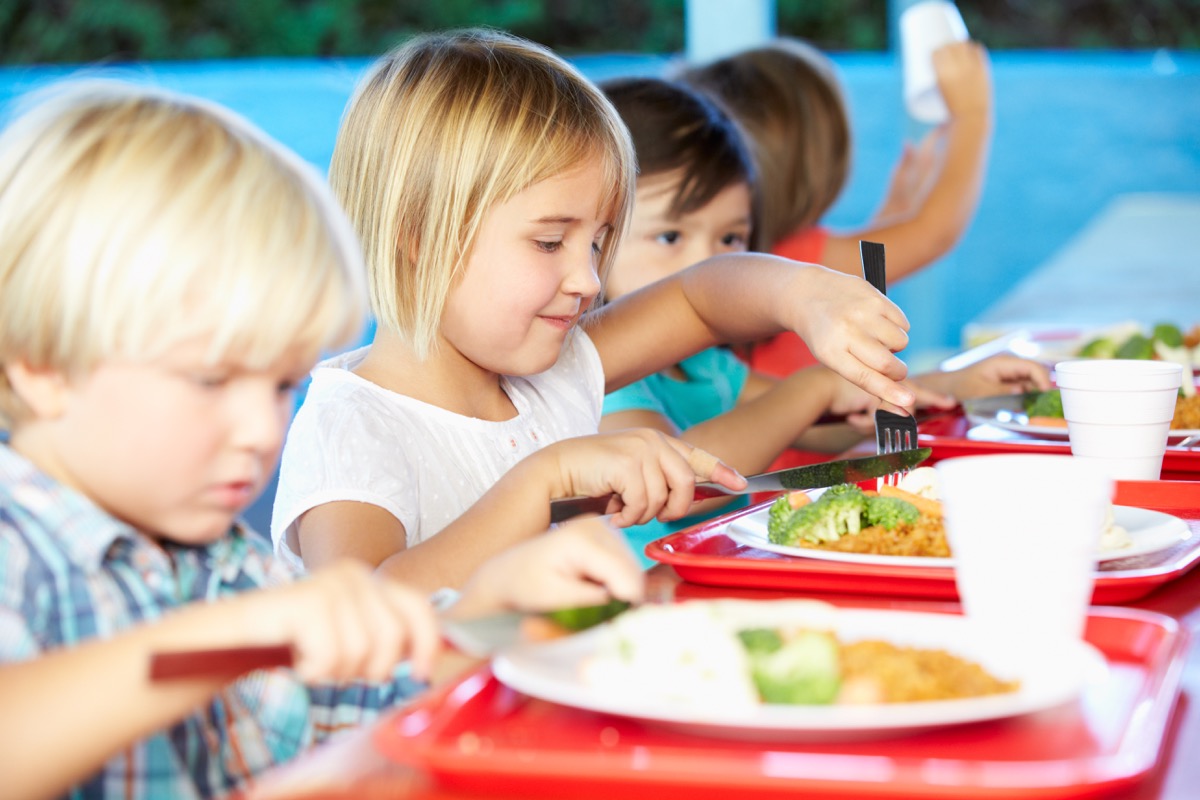15 Ways Going Back to School Is Way Different Than When You Went

Though the basic concept of school has stayed the same for decades, many of the things that go into learning and socializing nowadays are vastly different from what they used to be. For instance, instead of passing notes during class, teenagers tend to just text their friends. And while you might’ve only studied one month for the SAT, many of today’s teenagers start years before the test.
If you’ve been out of school for more than a decade or two, then read up on all the ways going to school is different now versus when you were enrolled.
1
Grades are available online.

For years, the only way you could find out how you did on a math test was by looking at the physical graded copy of the exam. Nowadays, though, middle schools, high schools, and colleges alike use online portals like Blackboard to keep students and their parents updated. Long gone are the days of pretending that your report card didn’t arrive yet when you knew you bombed a test!
2
And so are reliable sources.

As a student, you had to spend hours in the library looking through encyclopedias every time you were assigned a research paper. Even if the internet existed when you were writing papers and doing projects, the sources available were sketchy at best.
Nowadays, though, all kids have to do is head to Google something and research papers, scientific articles, and other verifiable sources are at their fingertips. They’ll never understand how much labor used to go into a 500-word essay on World War II!
3
There’s no smoking on the premises.

In the ’60s, ’70s, and even ’80s, state and federal laws were much more lenient when it came to students and teachers smoking on school grounds. If you tried to light up on school property today, though, it’s extremely likely that you’d be asked to put out your cigarette (or, if you were a student, that you’d get a few days of detention). In several states like New Jersey, California, and Oregon, there are laws in place that make it illegal to smoke not just on school property, but also at school-sponsored events.
4
Security is more intense.

According to Education Week, 114 people were either injured or killed in school shootings in the U.S. in 2018 alone. With so many tragedies occurring across the country, educational institutions have found it necessary to ramp up their security measures.
In some districts, metal detectors are being installed to avoid more fatal shootings; in others, security cameras monitor every hallway and classroom. One survey from the National Center for Education Statistics further notes that while only 63.8 percent of students reported seeing security guards and police officers at school in 2001, 70.9 percent of students did in 2017.
5
The college admissions process spans years.

Back when you were getting ready to go to college, things were much less competitive than they are now. In fact, the reality of what high school students go through just to get accepted into top tier schools will probably blow your mind. On college exam prep website PrepScholar, for instance, it is recommended for high school students to “start studying at some point during their sophomore year for a longer, less intense plan or the summer after sophomore year for a more intense plan.” Yes, the less intense plan involves studying for a college entrance exam before 11th grade even begins.
6
Kids stay extra busy with extracurricular activities.

As a teenager, you might’ve dabbled in a sport and maybe even took violin lessons once a week. And while these activities probably felt time-consuming, they’re nothing compared to what kids nowadays have on their plate. In order to have competitive college applications, high schoolers will often balance a varsity sport, several club memberships, musical instrument lessons, and student government simultaneously. Oh, and all of this is on top of that ridiculous workload and studying for the SAT!
7
An increasing amount of bullying happens online.

Bullies today don’t use their fists—they use their phones. In fact, one 2018 survey from the Pew Research Center found that approximately 59 percent of teenagers had experienced some form of cyberbullying in their lifetime. Though different than what you might’ve gone through as a kid, online harassment is just as serious as physical violence and in-person verbal abuse, and any claims of cyberbullying should be taken seriously.
8
As does socializing in general.

Instagram. Twitter. Facebook. WhatsApp. These are just some of the many online platforms through which kids nowadays prefer to communicate. Even when they’re in the same room, most teens and tweens would rather text each other than actually converse, as one 2010 survey from the Pew Research Center found. This reliance on technology is certainly bizarre to those of us who weren’t introduced to cell phones until during or after college, but for kids growing up in the digital age, it’s just the norm.
9
Work both inside and out of the classroom is done on the computer.

Students nowadays aren’t just using their devices to socialize. In a 2014 report from Project Tomorrow titled “The New Digital Playbook: Understanding the Spectrum of Students’ Activities and Aspirations,” researchers found that 52 percent of high schoolers and 47 percent of middle schoolers took tests online at some point. What’s more, 37 percent of high schoolers and 32 percent of middle schoolers also noted that they used online textbooks to aid their studies.
10
There are SMART Boards!

If you tell a kid today that something is like nails on a chalkboard to you, they might not have any idea what you mean. That’s because while classrooms in the 20th century had chalkboards and whiteboards, the ones that kids learn in today have SMART boards.
These technological screens can display websites, play presentations, screen movies, and more—and if you want students to be interactive with the content on the board, they can use special markers to tap, write, and scroll.
11
The foods in the cafeteria are healthier.

Mystery meat Mondays are a thing of the past as far as today’s cafeterias are concerned. In 2012, new meal standards went into effect in schools across the United States that have reformed school lunches entirely. In fact, one 2016 study published in JAMA Pediatrics found that in six schools in Washington state, implementation of these standards resulted in both more nutritious and less caloric food options.
12
Text messages have largely replaced passed notes.

Passing notes is totally passé. Though most schools have policies in place that ban cell phone use in the classroom, that doesn’t stop students from texting their friends during lectures and scrolling through Instagram during dull study sessions.
13
Fewer high schoolers are driving.

Despite the fact that cars are more advanced than ever, the percentage of high school seniors driving has been on the decline since the ’90s. According to data from The Pew Charitable Trusts, the percentage of high school seniors with their license declined from 85.3 percent in 1996 to just 71.5 percent in 2015. Between the rising costs of gasoline and the availability of other modes of transportation, teens simply don’t want or need to get their license.
14
School is less cliquey.

In 1985, John Hughes’s The Breakfast Club popularized the notion of there being several different cliques in high school. And while that may have been how it was in the ’80s, that’s hardly how cafeterias look in today’s day and age.
“The cliques are a little bit less defined because of social media,” Nicole Capalbo, a softball coach and guidance counselor at Palatine High School in Illinois, explained to the Chicago Tribune. “And then also, through the influence of adults, or colleges or jobs, they’re more often in multiple groups themselves, so the lines are a little bit looser; it’s not as strict as it once was with the different cliques.”
15
The clothes that are considered “cool” are vastly different.

Those JNCO jeans you wore in your high school days are so not in style now. Today’s teens tend to keep it much simpler, often emulating a style known as “athleisure.” Basically, their yoga pants are your leggings. And if you want to up your own style game, then check out these 20 Fashion Trends You Should Actually Try in 2019.
To discover more amazing secrets about living your best life, click here to follow us on Instagram!